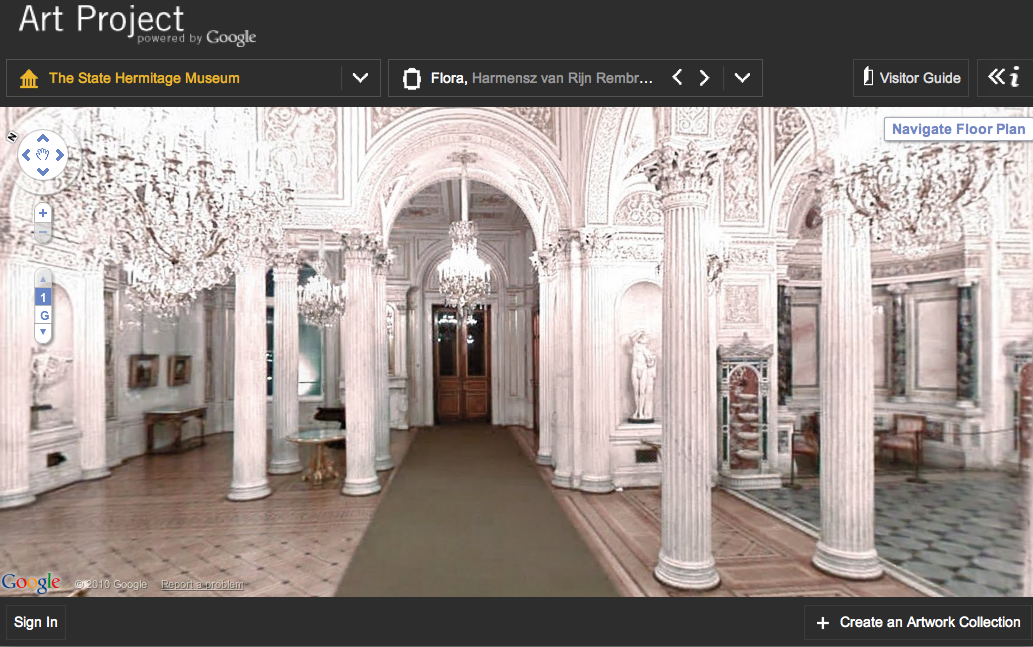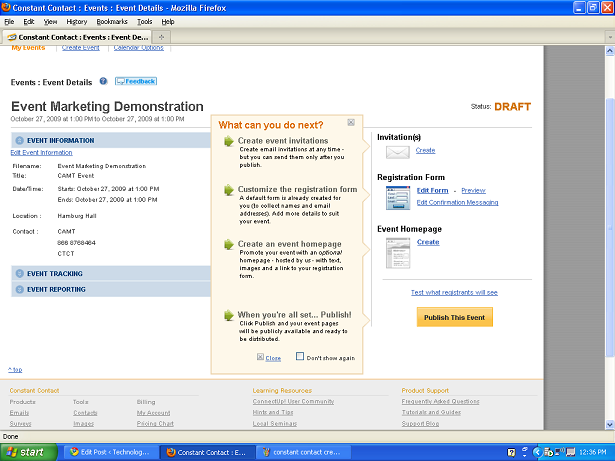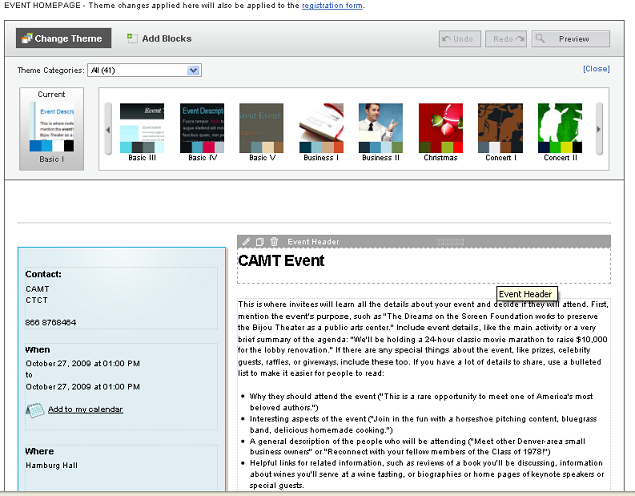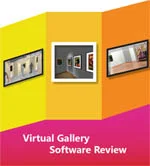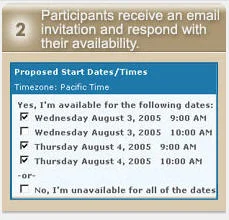Since the ChorusAmerica conference is coming up this week, I have been looking into the growing field of choral management software. I began with the question of why choruses would invest in discipline-specific software instead of a more general tool. In conversations with creators of three relatively new tools (Choral Management Package, Groupanizer, and Museminder), it became apparent that choruses have some very specific needs that more general management software isn't addressing well -- needs such as managing repertoire, tracking attendance, sharing calendars, and maintaining a performance history.
The tools in this article have a wide variety of features, capabilities, and pricing structures. Each has the potential to save you time, ease communication, and prevent duplicate work. I encourage you to try the demos and videos to see if a program is a good fit for your chorus.
And, as always, let us know about your own experiences. Are you using a choral management program? Do you have a favorite piece of software that isn't listed here?
Choral Management Package (CMP)
In 2004, Filemaker7 invited the public to enter their innovative software solutions into a contest. In response, Ray Fahrner reworked a system he had built for his own choir into a package that could be useful to a wide range of choruses. He didn't win the contest, but his changes and the feedback he got from testers and reviewers led to the release of the Choral Management Package (CMP) in 2005.
CMP has a mix of choral-specific features -- such as a music library and event history -- along with capabilities to track financial transactions and to manage contacts. While the tool is designed to help any director, Fahrner noted that it is most helpful to the busiest directors and to directors who manage multiple choruses.
Fahrner emphasized that CMP is a true "package" -- a self-contained, downloadable program that you install on your desktop. During a transition to a new computer, the entire database can be burned onto a CD and installed on the new machine.
The Choral Management Package is available to download for a one-time fee, which includes 30 minutes of tech support or customization. A free demo is available via the CMP website.
Groupanizer
Groupanizer, the newest of these three, hit the market in early 2009. Tom Metzger created the software with communication foremost in his mind. He describes Groupanizer as a "private social network for choruses." Leaders can update calendars and send emails, and chorus members can update their learning progress and access shared files such as member handbooks or policies.
Metzger explained that the more members a chorus has, the more the group will benefit from automation. Smaller groups can benefit as well, but they often have fewer resources for technology -- a primary driver behind Groupanizer's tiered pricing based on group size.
Metzger is working on an update that allows members with certain "roles" to connect to tailored job descriptions and timelines. He also has plans to release versions in German, Finnish, and Swedish in the near future.
Groupanizer's monthly fee depends on the size of your chorus. A 30-day trial is available online.
Museminder
Margaret Cribbs originally created Museminder as a dance studio management program. In 2007, seeing the technology needs her own chorus faced, she began tailoring the system to handle choral management as well.
In reworking the program for choruses, one of Cribbs' main projects was to create a music library. This library allows you to search for pieces using information such as composer, arrangement, language, or number of copies. Other features of the original studio management software are of particular benefit to choruses as well -- including personalized calendars, integrated email, attendance tracking, and an array of reports. The event management component allows touring choirs to manage their tour rehearsals, performances, and promotional events all in one place.
Cribbs explained that mid- to large-sized choruses would benefit most from her software, as would choruses that need to track a substantial number of financial transactions.
Cribbs is working on an update that links the music library to the event component, which will give users historical information such as when a piece was last performed.
Information about Museminder's monthly fee is available on the FAQ page. The online users guide contains videos and screenshots of the program.








